|
One of the most prolific, colorful and beautiful animals in the cold, green waters of Puget Sound are sponges. Even though there are more than 265 documented species of sponge, they are often overlooked and almost forgotten. Usually intermingled with many different animals like Red Irish Lord, crab, shrimp, barnacles, sea stars, hydroids and many other animals, they can provide shelter from predators, currents or any variety of dangers. Excellent filter feeders, a sponge contains a complex series of compartments, chambers and canals circulating sea water. The water enters and exits through the many pores on its outer casing. The sponge transports water throughout its interior consuming microscopic planktonic food within the water. Due to the nature of how they live and grow, it is extremely difficult to classify or identify various species outside of a laboratory. Extremely colorful and varied in size and shape, much like snowflakes, no individual sponge looks exactly like the next. I’ve been photographing sponges for years. I appreciate and am fascinated by their unique shapes and features. I enjoy trying to capture the varied life living in, on and around sponges as well. Sponges have been on our planet for more than forty million years. In 1987, a researcher named Dr. Bill Austin, founder of the Bamfield Marine Sciences Centre in British Columbia, made an amazing discovery. A very large and somewhat unique Glass Sponge Reef was located in BC waters. The reef was more than 9,000 years old. I’ve not heard of Glass Sponges within Puget Sound waters, but it’s a very large area, and we have some deep water. I’m keeping my fingers crossed. There are so many different types and varieties of sponge in the world. Just within Puget Sound, most species have not yet been identified. Although there are a few biologists like Dr. Austin who dedicated much of his life to researching sponge species, it may take years or decades to identify all of them. Locally, a few of the most commonly seen sponges are the Hard Gnarled Clump Sponge, Peach Ball Sponge, Orange Rough Ball Sponge and Glove Sponge. Small and large Glove Sponges can be easily spotted in the extremely strong current filled waters of Deception Pass. They can withstand the fast moving and abrasive waters in the Pass. Cloud Sponges are found in very deep water. Typically the first ones spotted, the smallest ones can be seen starting around 100 feet of depth. I have photographed some Cloud Sponges at well over ten feet across at only 130 feet. They can live and grow at well over 10,000 feet deep. In deeper water they grow much larger. Not sure if we know how long they can live. Help us help Puget Sound.
Visit the Contributions page and learn how you can support the Made In Puget Sound® organization.
0 Comments
Leave a Reply. |
AuthorDrew Collins professional underwater photographer and environmentalist living and diving primarily in the beautiful Emerald green waters of Puget Sound near Seattle, Washington. Categories |
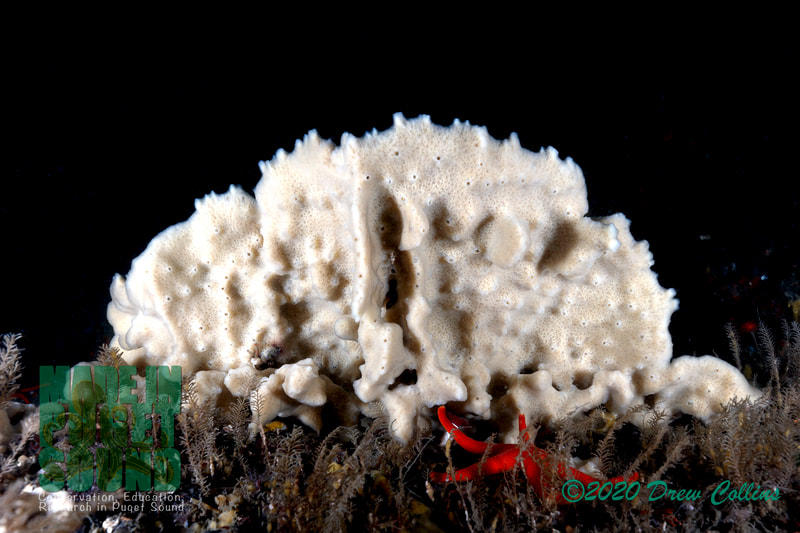
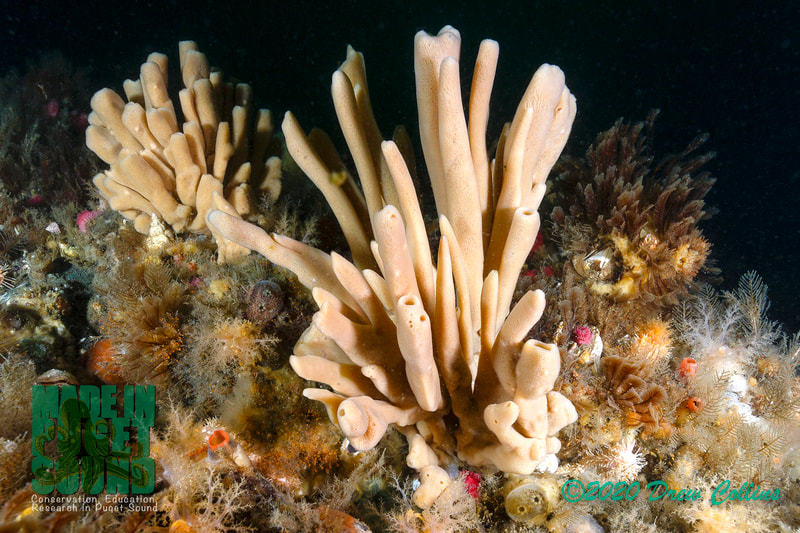
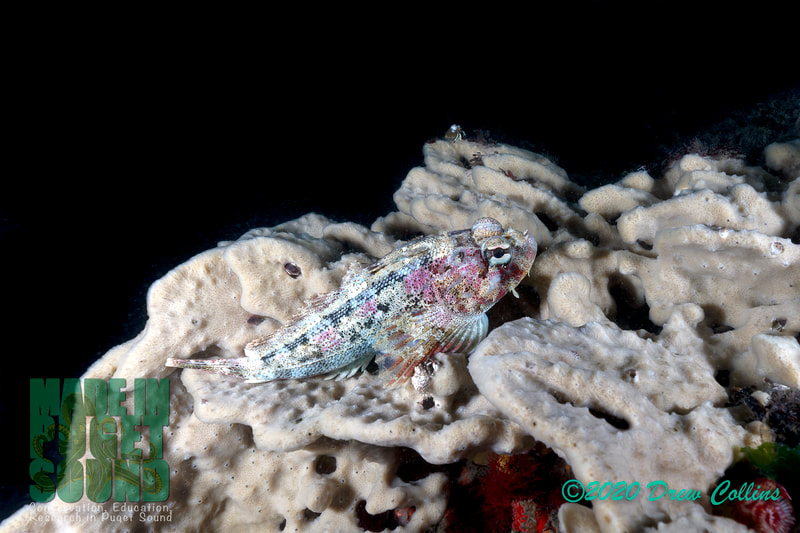

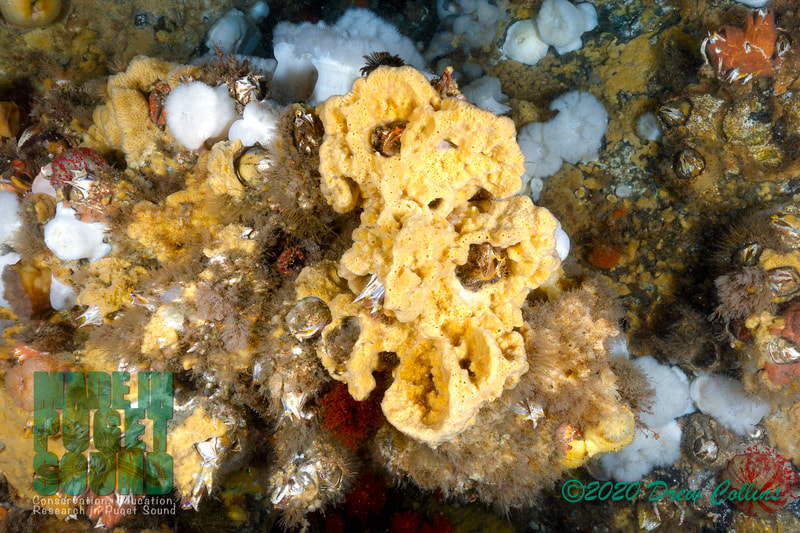
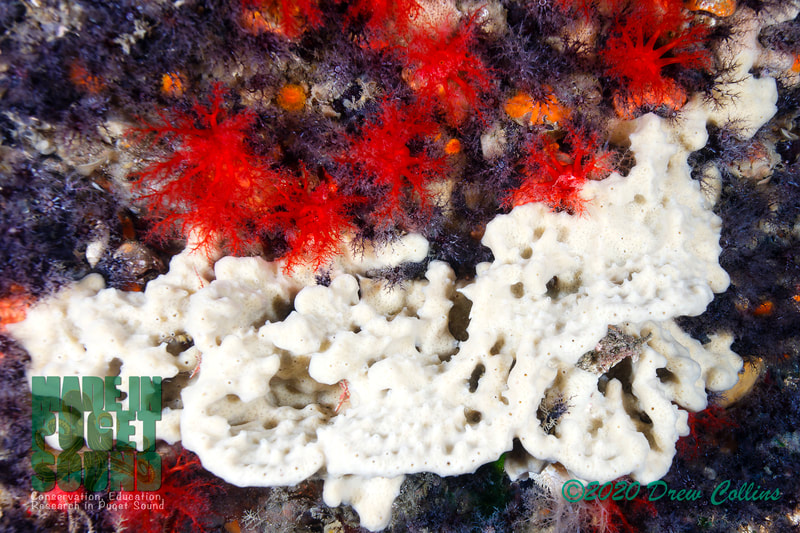
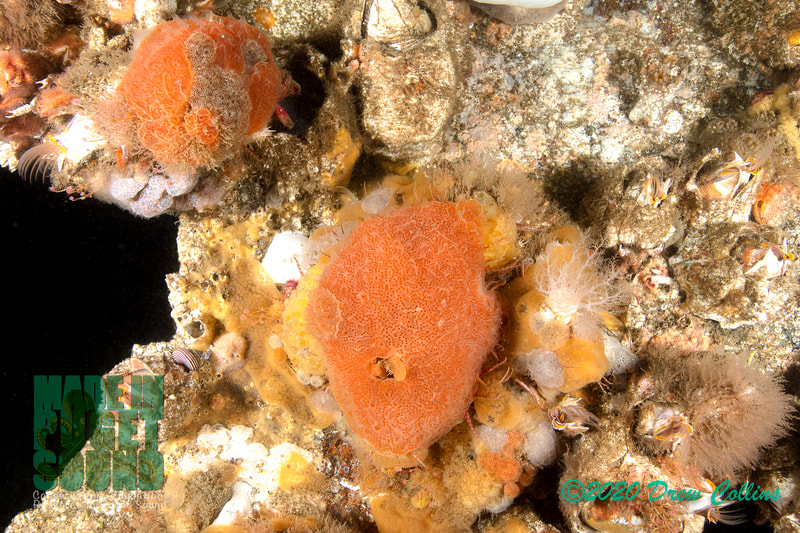
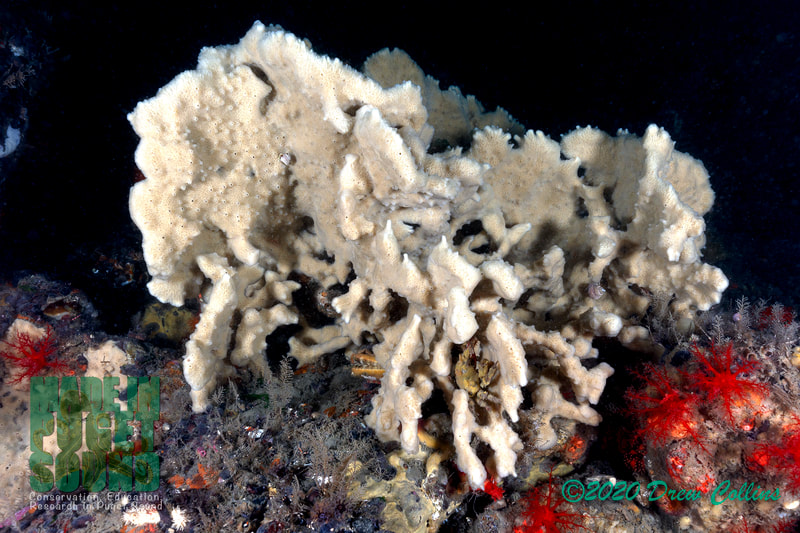
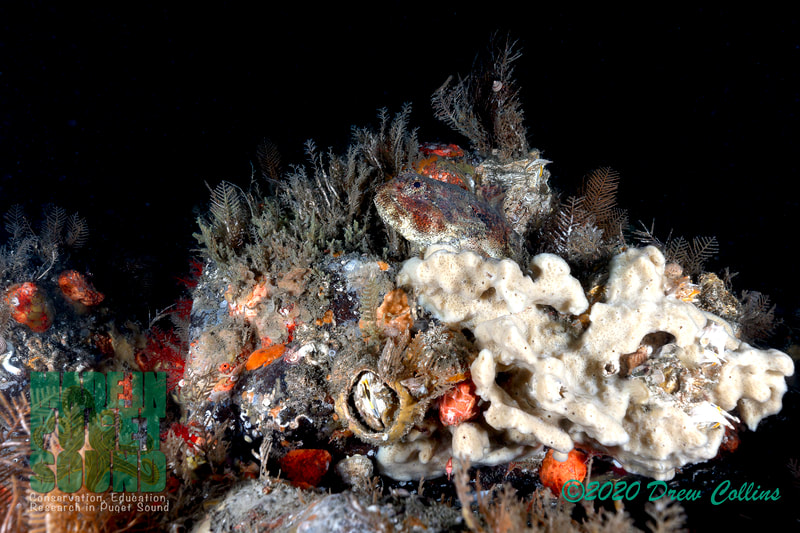
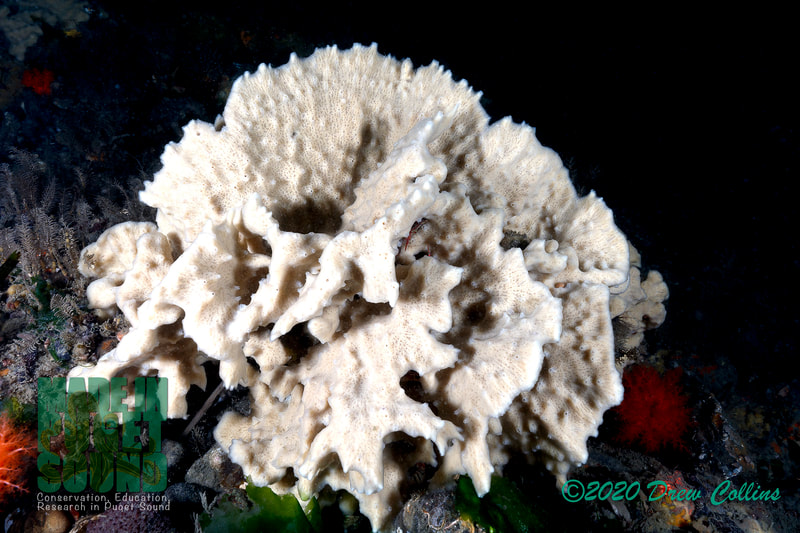
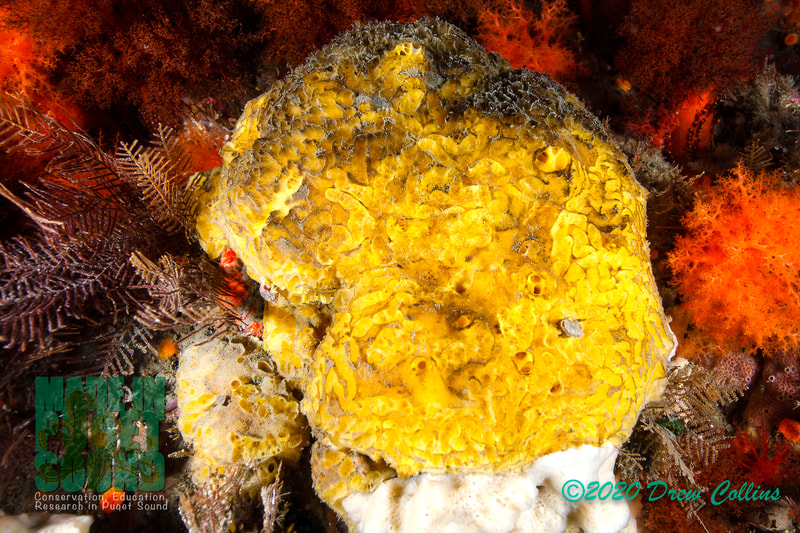
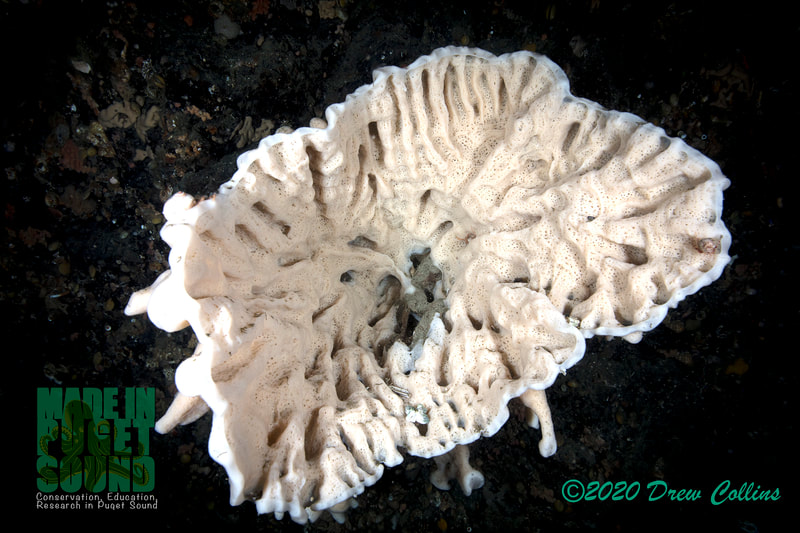
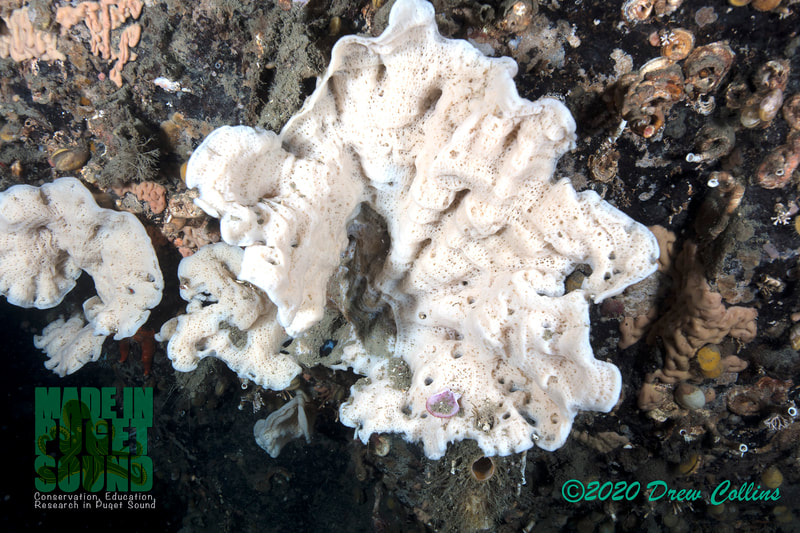
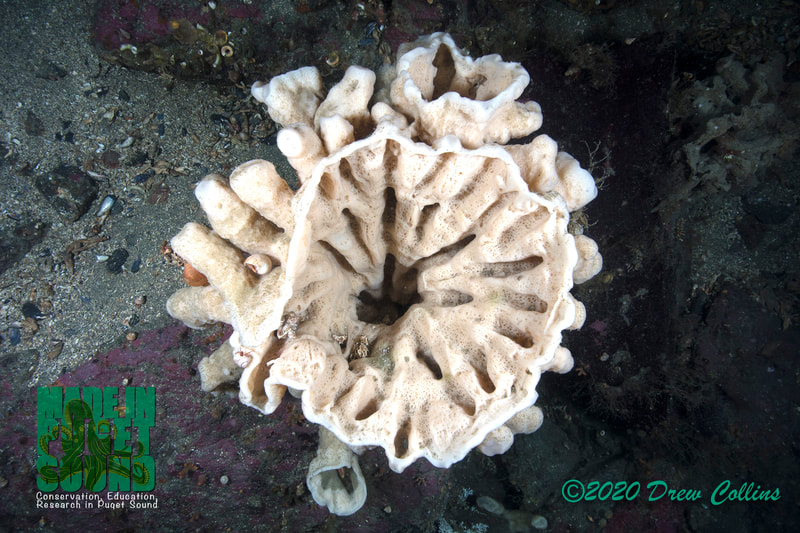
 RSS Feed
RSS Feed